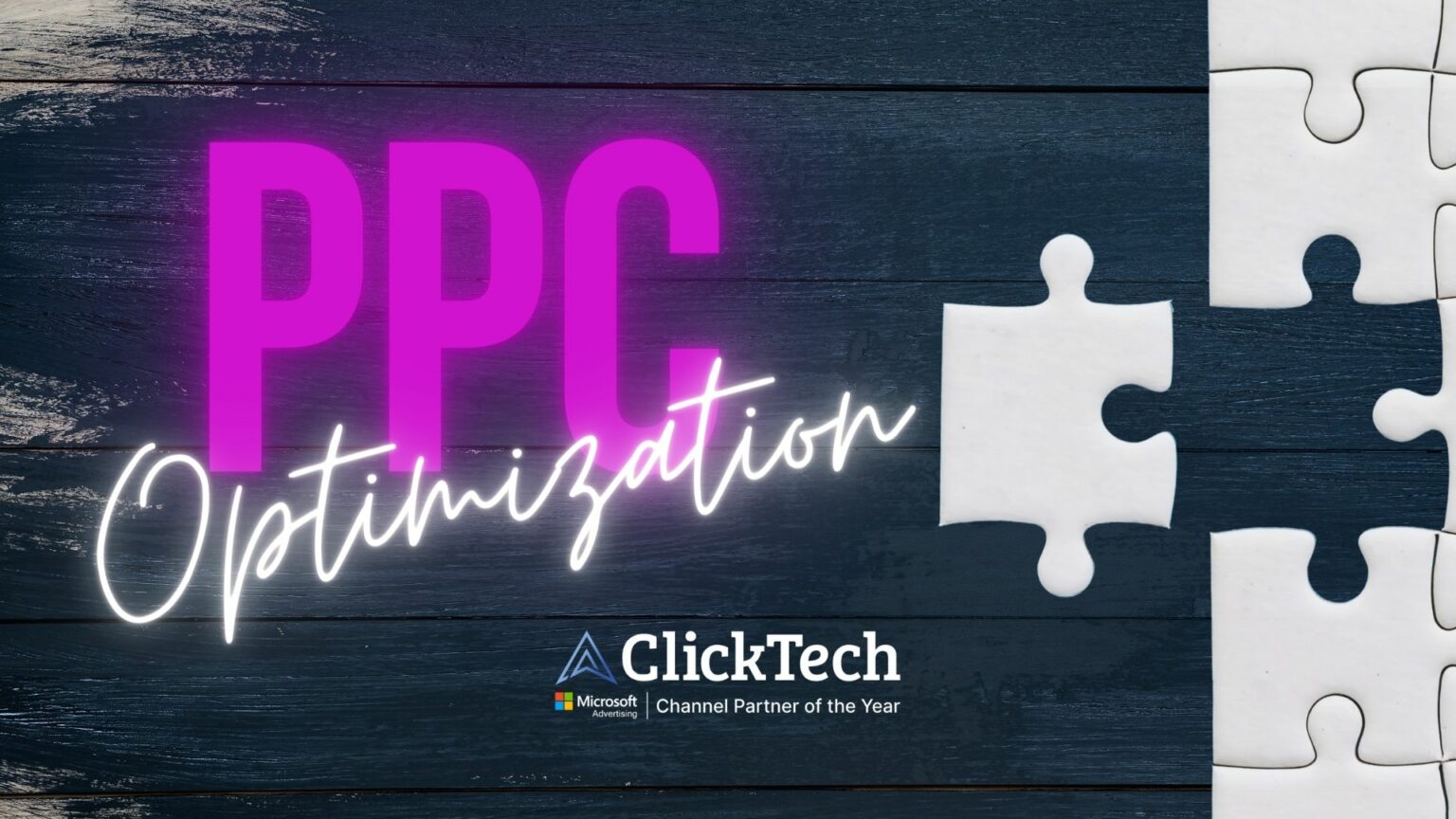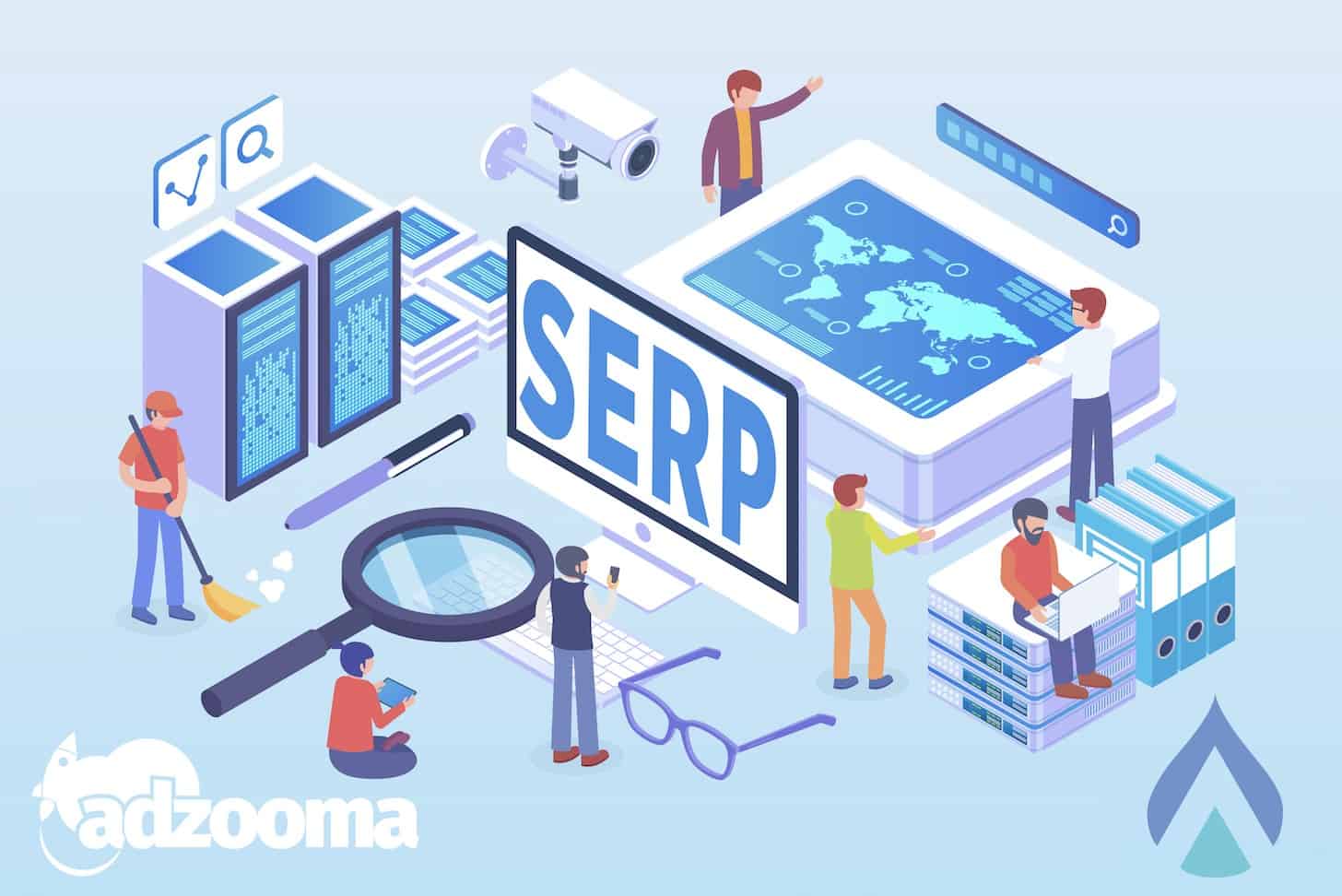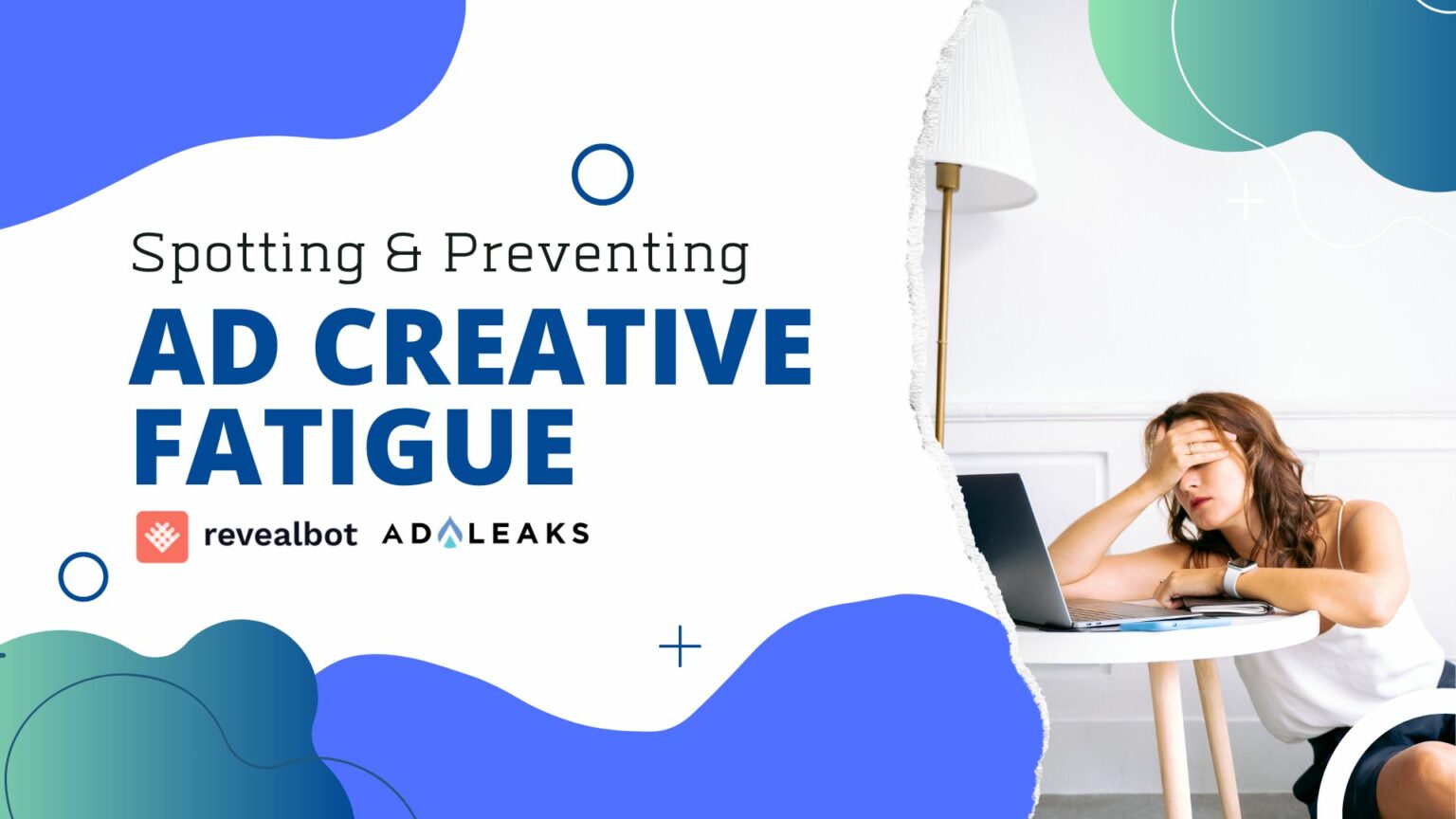
How Much Do Changes to the SERPs Impact PPC Ads?


We know Google likes to keep its cards close to its chest. Changes to the Search Engine Results Pages (SERPs) are tested and rolled out under our unsuspecting noses on a regular basis.
This doesn’t make much difference to people who just use Google to find out if microwaving frozen meat will kill them. But for those who make money from paid ads, it’s a big deal.
Or is it? How much do changes to the SERPs impact PPC ads?
Let’s look at some of the biggest changes we’ve seen and how much of an impact they have had.
The Latest Controversy
The most recent changes caused a lot of controversy, particularly amongst SEOs, due to the worry that the visual similarities between paid and organic results would negatively affect each other. Google has since removed the favicons from organic listings, but the black ‘Ad’ label remains.
Adzooma looked at data from 7,927 accounts and compared clicks, impressions, and CTR results. We ran tests between two periods: 12th December 2019 – 12th January 2020 and 13th January 2020 – 13th February 2020; one before and one after the changes came into play.
The results were surprising. We discovered the following (with a 5% margin of error):
- A 0.03% decrease in CTR (±3.75%)
- A 6.29% increase in clicks (±1.53%)
- An 8.03% increase in impressions (±1.68%)
Despite the concerns, the changes were tiny. Therefore, in this case, the SERP change hasn’t really affected PPC. Whether a bigger difference will come to light over time, we’ll just have to wait and see. But for now, things remain very much the same.
Previous PPC Impacts from SERP Changes
Updates roll out regularly, but across the last few years, how has the look of the SERPs affected things like click-through rate (CTR)?
The most noticeable changes we’ve seen surround the increase in dedicated space to paid listings, to the detriment of organic results and SEOs. But often, the changes aren’t dramatic enough to alter people’s searching habits. If you’re going to ignore the ads, you’re going to ignore the ads, no matter what they look like.
(Unless they look like organic results. But more on that later.)
More Ad Space
As you probably know, there’s more space on the SERPs dedicated to ads now, which means that more eye time is on paid results. Since February 2016, up to 4 paid ads have been displayed at the top of the results page. Before that, there had only been two.
Data shows that the implementation of a 4th paid ad caused position 3 to perform a lot better with CTR increasing by 15%. This is a significant enough change to affect the way you should think about your ad spend — jockeying for third place is now a lot more valuable.
You also get ads at the bottom of pages now too, which squashes organic listings into a much smaller middle space. Naturally, this means organic has been negatively affected, whilst paid ads reap the rewards of added visibility.
Featured Snippets
Featured snippets also arrived in 2016. These show a quick summary answer to a query at the top of the SERPs.
If your answer is featured as a snippet, you not only rank ahead of your competitors, but you also gain authority in your field. Of course, the main disadvantage is that people often have no reason to then click your link.
A 2017 study found that featured snippets get an average of about 8.6% of clicks, while the result right below it gets an average of around 19.6% of clicks. Also, search results with featured snippets lead to an 18.5% decrease in clicks on the organic listings.
In another recent update, if your site now ranks as the featured snippet, you are removed from the organic results below. This now means URLs will only appear once in the results, which creates less competition for space in the SERPs.
Many argue that, as featured snippets aren’t paid for, they aren’t much of a concern for Paid advertisers. With 9.28% of featured snippets serving commercial intent, however, they pose a great opportunity for businesses to maximise their growth in the SERPs. As the focus grows on elements such as featured snippets, Paid’s involvement in organic rankings increases.
Do Changes to the SERPs Impact PPC Ads Layout?
For searches that are heavily product-focused, SERP layout changes have a dramatic impact. Shopping ads are now so image-rich that they can take up between 25-50% of the entire results page. Then below that, you still have normal paid ads. This pushes organic results even further down toward the bottom of the page.
In these situations, most clicks are attributed to paid listings and therefore dramatically impact CTR. One could assume that this would be for the better. After all, more ads are being shown. However, many ads are seeing overall CTRs decrease by up to 19% despite this impression growth.
Now, getting shown on the first page of the SERPs isn’t enough to ensure you get a good share of the clicks. The competition has grown tenfold due to the newer layouts.
Do Changes to the SERPs Impact PPC Ads Relevance?
There’s always been a focus on relevance, but now that the URL is displayed higher on the ad layout, selecting the right landing pages to send people to is even more important.
Similarly, whilst ad copy has always been important, ensuring your PPC messaging is consistent with a customer’s journey and specific to search queries is imperative today.
Responsive Search and Display Ads can help automate this. In the grand scheme of things, however, Google's smaller changes don't have much impact (at least so far) on things like CTR.
When Paid Ads Look Like Organic Results
When Google AdWords was established in 2000, SERP ads were easy to distinguish from organic listings. Bright colors, text, and fonts made it easy to tell one from another. For some, the habit of scrolling past them was born and instilled for life.
But now, the latest update is making them look more like organic results than ever before. In other words, the art of scrolling past is dying. Even the most seasoned Googlers can be tricked into reading the ads. This massively impacts user search habits in favor of PPC. And, if this trend continues, it massively blurs the line between paid and organic.
There is much debate about whether these design changes are for the better. A seamless experience is what Google fundamentally wants to promote, but does this deception sit right with SEOs? It also opens up the age-old debate of how biased Google is toward paid ads. When there’s money on the line, priorities are easily swayed. In this case, particularly, the design layout makes it easy to visually muddle ads.
Future-Proofing Ads
Whilst it’s difficult to predict what Google will change next in regards to the appearance of its SERPs, always following the best practices will keep your ads afloat whatever the conditions.
Ensure you dedicate enough time to stay up to date with the changes. Also, keep an ear to the ground for any discussion or rumors of what is coming next.





